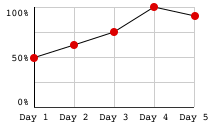In this lesson, we will learn:
- The nature of the periodic motion
- The graph analysis of the periodic motion
- Simple Pendulum
Notes:
- If each vibration (the back and forth motion) takes the same amount of time, then the motion is Periodic.
- To discuss the period motion we need to define the following terms;
- Cycle; a complete to-and-fro movement.
- Amplitude; maximum displacement, the greatest distance from the equilibrium position.
- Period; time taken for one complete oscillation.
- Frequency; number of oscillations in one second.

- The following equations represent the mathematical relationship between frequency and period of motion;
Position as a Function of Time
Since the motion is considered as a periodic motion, we would be able to plot position Vs. time graph.
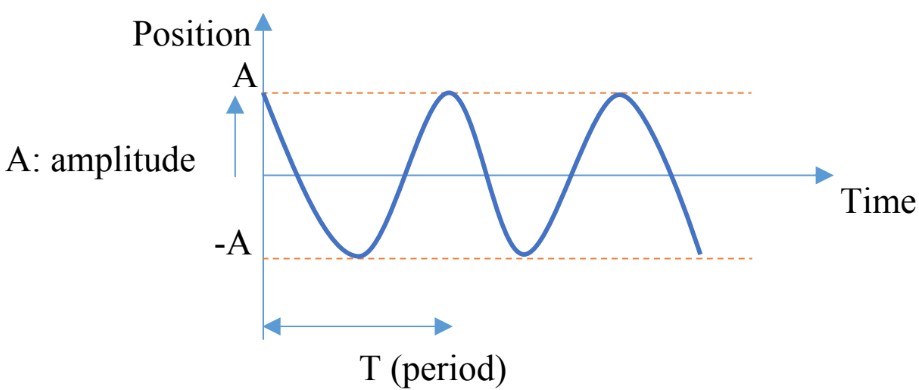
Looking at the graph we can refer to it as the cosine function, since at t = 0 the position is maximum;
angular velocity
- For one complete cycle,
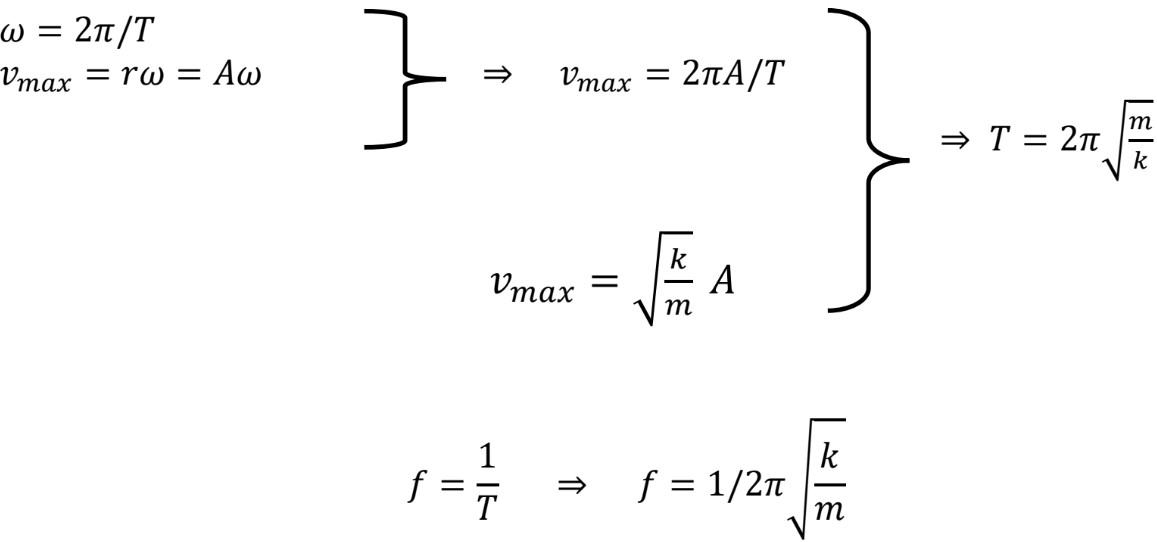
Velocity as a Function of Time
- Velocity is defined as the derivative of position with respect to time,
Since the Velocity is the sine function of time, at , therefore; the graph starts at zero.
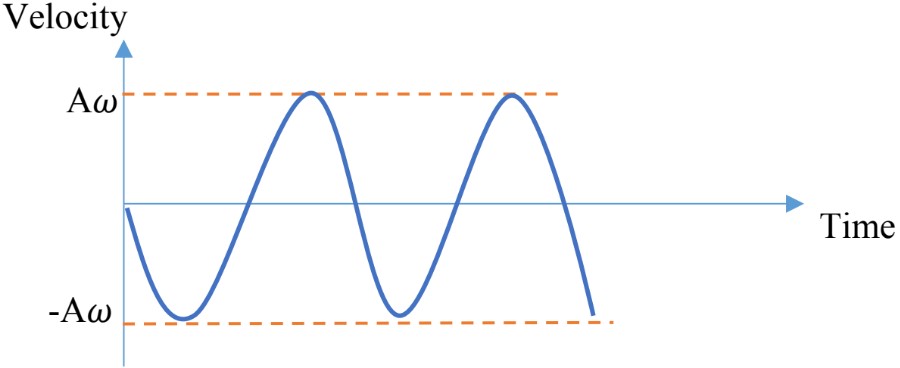
Acceleration as a Function of Time
- Acceleration is defined as the derivative of velocity with respect to time,
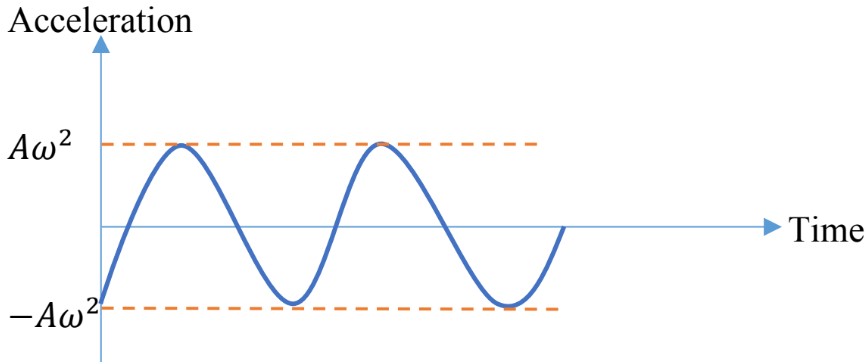
Simple Pendulum
- A simple pendulum is a small mass attached to the end of a string.
- The pendulum swings back and forth, ignoring the air resistance, it resembles simple harmonic motion.
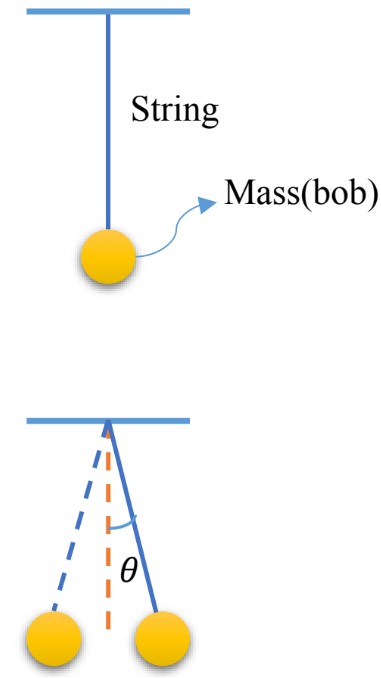
Let’s apply the simple harmonic oscillator to the case of the simple pendulum;
In the case of simple pendulum;
; is the maximum angular displacement,
; is the angle the pendulum is at; the angle is measured from the equilibrium positon (the vertical position),.
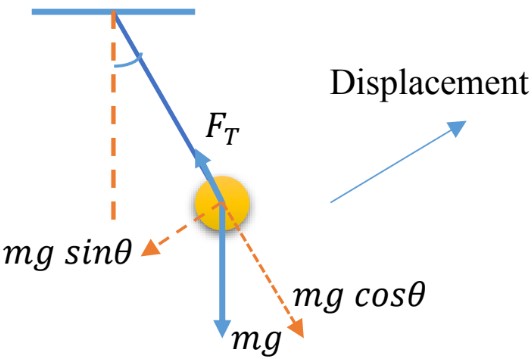
- The restoring force is opposite to the displacement and is equal to the component of the weight;
- In this case, the motion is considered to be simple harmonic motion if the angle is less than 15°, for small angles, ;
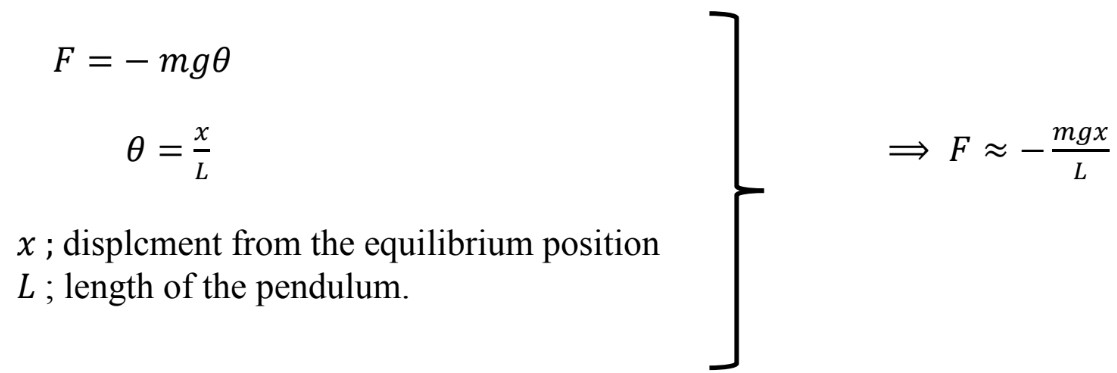
Form Hooke’s law;
We know from spring- mass system;
and



